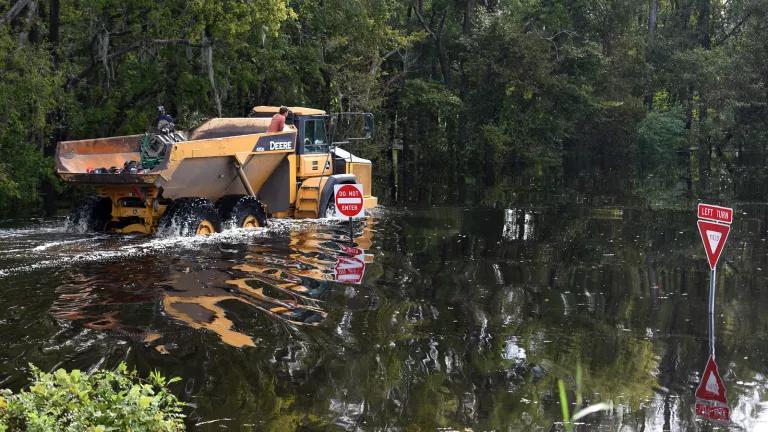5 Reasons Water Efficiency & Recycling Are a Perfect Match
In a recent op-ed by Contra Costa Water District's Board President Lisa M. Borba and Contra Costa Country Sanitary District Director Paul H. Causey, the duo states that California’s efforts to advance water efficiency will diminish recycled water investments and dis-incentivize future recycled water projects. As a civil engineer/water policy analyst who has worked on California water issues for 15 years, I draw the exact opposite conclusion: water efficiency and conservation measures complement investments in recycled water.
Here are the five facts underlying my conclusion:
1. Water conservation and efficiency improvements are almost always the least expensive, fastest, and most environmentally sound way to meet our water needs.
a. Water conservation strategies save energy, reduce greenhouse gas emissions, lessen water and wastewater treatment costs, and defer or eliminate the need for costly new water and wastewater infrastructure.
b. The development of centralized infrastructure like recycled water projects can be expensive, raising the cost of water service to ratepayers and exacerbating affordability concerns. So we want to make sure that we maximize the value of these important investments by using recycled water efficiently too.
c. Including recycled water in new water use standards helps to ensure that we don't oversize or over-invest in unnecessary new infrastructure, therefore maintaining affordability. Using recycled water efficiently maximizes the value of investments in infrastructure that is appropriately sized to meet demand.
2. Conservation and sustainable supplies development are complementary, not competing strategies. The purpose of the long-term water conservation framework, “Making Water Conservation a California Way of Life,” is to reduce stress on our water resources from the Sierra Nevada Mountains, Sacramento-San Joaquin Delta, and Colorado River; this is best achieved by combining conservation and local supply development, as we do in the energy sector with energy efficiency requirements and standards and a Renewable Portfolio Standard.
3. The state’s recommended approach to making water conservation a way of life leaves implementation largely to local decision-makers. If a water supplier prefers to utilize recycled water for outdoor demands, they can focus efficiency efforts on potable uses by improving indoor water efficiency or reducing leaks in their distribution system.
4. The $725 million for recycled water in Proposition 1 is an effective incentive to drive recycled water use. There isn't any evidence to suggest that this distinct efficiency framework will impact the development and operation of new local supplies, and therefore there hasn't been a demonstrated need for this exemption.
5. Exempting recycled water creates a needless loophole in the new framework. Exempting recycled water from the new conservation framework for recycled water would punch a hole in the new framework and send a confusing message to Californians that water conservation is needed for some water sources, but not others. This undercuts the new water ethic we have collectively worked so hard to foster, which prioritizes the efficient use of all water resources in California.
Water recycling should be strongly encouraged and supported, but in our water-limited state, it is important that all of our water—from whatever sources—be used wisely and efficiently.



